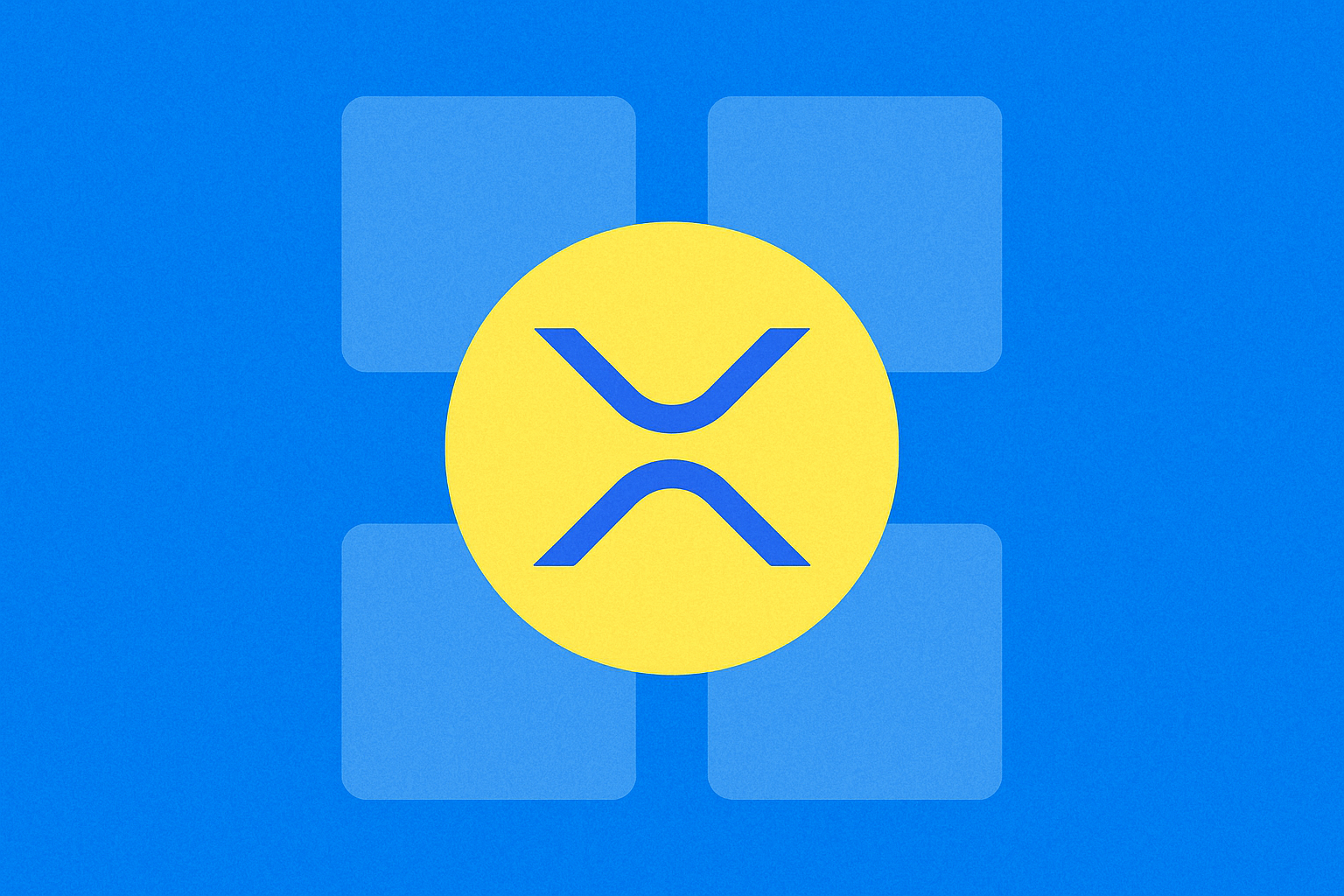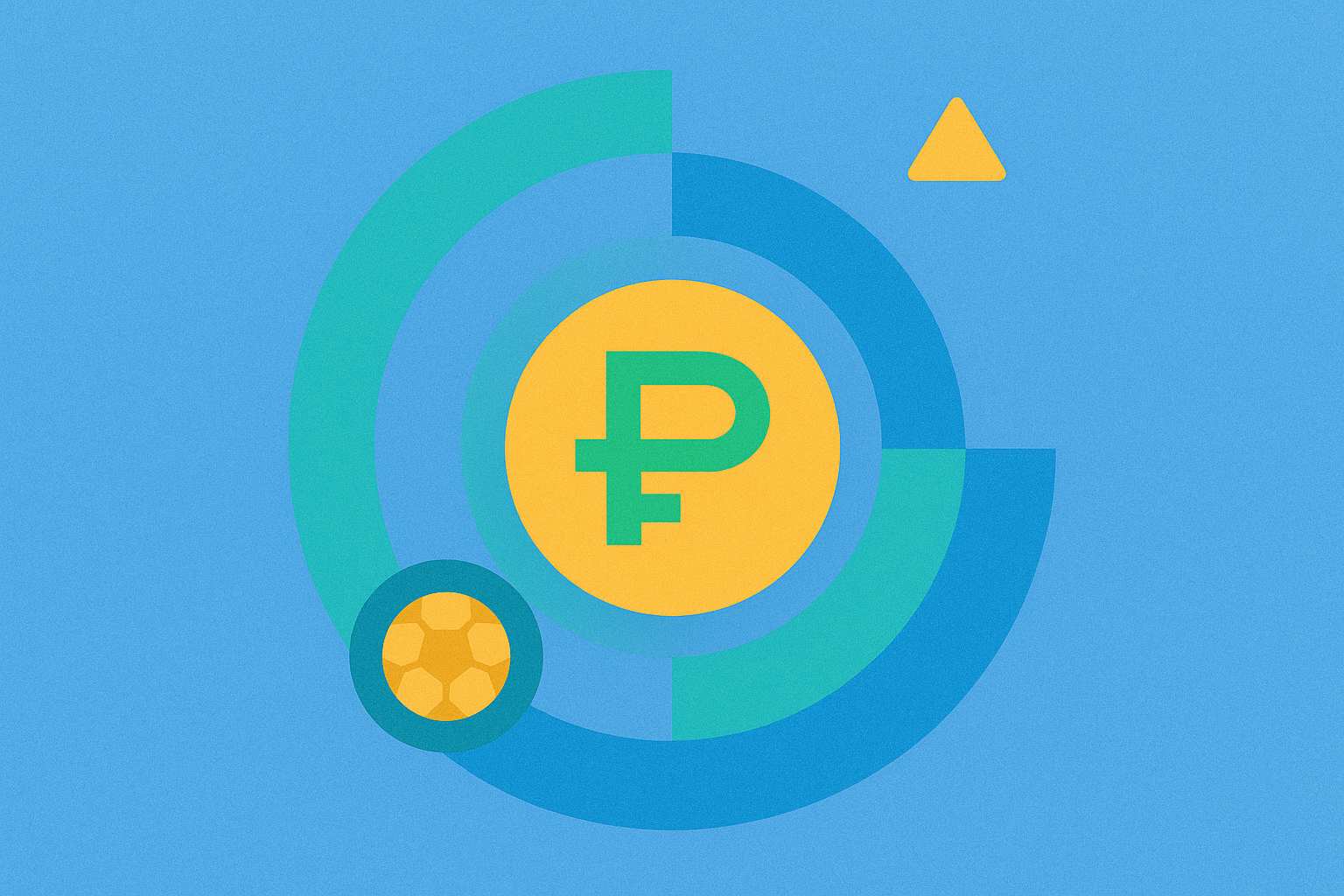2025’te XRP’nin Temel Analizi: Değerini Belirleyen Başlıca Faktörler Nelerdir?

XRP'nin hızlı ve düşük maliyetli sınır ötesi ödeme çözümü olarak temel değer önerisi
XRP, sınır ötesi ödemelerde hız ve maliyet avantajı ile sektörün dönüşümüne öncülük ediyor. Geleneksel bankacılık sistemlerinde mutabakat günler sürerken, XRP ile işlemler yalnızca 3-5 saniyede tamamlanıyor ve küresel finans koridorlarında anında transfer imkânı sağlanıyor.
XRP'nin geleneksel yöntemlere kıyasla maliyet avantajı özellikle dikkat çekicidir:
| Ödeme Yöntemi | Mutabakat Süresi | İşlem Maliyeti | Saniyedeki İşlem Sayısı |
|---|---|---|---|
| Geleneksel Bankacılık | 3-5 gün | $25-$45 | Sınırlı |
| XRP | 3-5 saniye | $0,0002 | 1.500+ |
ABD-Meksika gibi koridorlarda işlem maliyetinde %70'e varan azalma, Santander gibi bankaların XRP'yi kurumsal düzeyde benimsemesini sağladı. XRP, Ripple'ın blockchain altyapısı üzerinden farklı itibari para birimleri arasında köprü varlık olarak hizmet ederek, önceden fonlanmış nostro/vostro hesaplarına ihtiyacı ortadan kaldırıyor ve yüksek verimlilik sağlıyor.
XRP'yi uygulayan finansal kuruluşlar, önceden fonlanmış hesaplarda kilitli olan yaklaşık $27 trilyonluk küresel atıl likiditeyi açığa çıkarabiliyor; bu sermaye artık kredi ve yatırıma yönlendirilebiliyor. 2025 yılında SEC tarafından yapılan yeniden sınıflandırma ile sağlanan düzenleyici netlik, XRP'yi altyapı düzeyinde fayda varlığı olarak onayladı ve $5 trilyonluk günlük sınır ötesi ödeme piyasasında gerçek bir çözüm haline getirdi.
Ripple'ın stratejik ortaklıklarıyla B2B piyasasında XRP benimsenmesini artırması
Ripple, XRP'nin işten işe ödeme piyasasında yaygınlaşması için küresel finans kuruluşlarıyla stratejik ortaklıklar kurdu. Bu iş birlikleri, Ripple'ın blockchain çözümlerinin SWIFT gibi geleneksel sistemlere kıyasla yüksek avantaj sunduğu, $187 trilyonluk dev sınır ötesi ödeme sektörünü hedefliyor. Teknoloji, önemli performans kriterlerinde üstünlük sağlıyor:
| Ödeme Çözümü | İşlem Hızı | İşlem Maliyeti | Ölçeklenebilirlik (TPS) | Çevresel Etki |
|---|---|---|---|---|
| Ripple XRP | ~3 saniye | $0,0002 | 1.500+ | Karbon nötr |
| Geleneksel Sistemler | 3-5 gün | $25-$45 | 15-20 | Yüksek enerji tüketimi |
Ripple'ın Talebe Bağlı Likidite (ODL) hizmeti, önceden fonlanmış nostro/vostro hesaplarına ihtiyacı ortadan kaldırarak küresel çapta $27 trilyonluk atıl sermayenin serbest kalmasını sağladı. Bu değer önerisi, daha verimli mutabakat arayan finans kurumlarının ilgisini çekiyor. Ripple'ın Bahrain Fintech Bay ile yaptığı iş birliği, şirketin gelişmekte olan pazarlara stratejik yayılımını ve XRP tabanlı çözümleri regüle finans kurumlarına taşımasını gösteriyor. Ripple’ın B2B stratejisi, XRP’yi altyapı varlığı olarak konumlandırıyor; şirket yöneticileri, beş yıl içinde sınır ötesi global ödeme hacminin %14’ünü elde etmeyi hedefleyerek kurumsal benimsenmeye olan güvenlerini ortaya koyuyor.
Düzenleyici netliğin XRP'nin gelecekteki büyüme ve değerlemesinin temel katalizörü olması
Düzenleyici netlik, 2025 yılında XRP'nin piyasada kayda değer performansının en önemli tetikleyicisi oldu. SEC ve Ripple arasındaki davanın $125 milyonluk uzlaşmayla sonuçlanmasının ardından, XRP ikincil piyasalarda menkul kıymet olmayan statüsüne kavuştu ve piyasadaki konumunu kökten değiştirdi. Bu düzenleyici gelişme, kurumsal benimsenmenin önündeki kritik engeli kaldırdı.
Düzenleyici netliğin XRP'nin değerlemesine etkisi somut şekilde gözlemlendi:
| Zaman Dilimi | Fiyat Değişimi | Önemli Düzenleyici Gelişme |
|---|---|---|
| SEC kararından sonra | +%316 | Menkul kıymet olmayan sınıflandırma |
| ETF Onay Aşaması | +%92 | 11 kurumsal ETF başvurusu |
| 2025 3. Çeyrek | +$1,97 (1 yıl) | Stratejik kurumsal ortaklıklar |
Santander ve SBI Holdings gibi finansal kurumlar, Ripple ile iş birliklerini derinleştirerek XRP’nin sınır ötesi ödeme koridorlarındaki verimliliğinden yararlanıyor. ProShares Ultra XRP ETF ise SEC onaylı ilk XRP yatırım aracı olarak ana akım piyasada kabul gördü.
2025’te sağlanan düzenleyici netlik, XRP’nin sürdürülebilir büyümesi için zemin hazırladı; volatilite risklerini azalttı ve kurumsal sermaye girişini teşvik etti. Mahkemenin XRP’ye menkul kıymet olmayan statüsü vermesi, düzenleyicileri dijital varlıklar için daha hassas bir yaklaşım geliştirmeye yöneltti; bu durum, kripto ekosisteminin geneline fayda sağlarken XRP’nin küresel ödeme sistemlerindeki rolünü güçlendirdi.
Sıkça Sorulan Sorular
XRP hâlâ iyi bir yatırım mı?
Evet, XRP hâlâ gelecek vadeden bir yatırımdır. Düzenleyici uyumluluğu ve kurumsal benimsenmesi sayesinde, ödeme ve varlık tokenizasyonu alanlarında gelecekte büyüme potansiyeline sahiptir.
1 XRP'nin 5 yıl sonraki değeri ne olacak?
Mevcut eğilimlere göre, 1 XRP'nin 5 yıl içinde yaklaşık $27 değerine ulaşması öngörülebilir; finansal kurumların benimsemesine bağlı olarak daha yüksek bir büyüme de mümkündür.
XRP $100'a ulaşabilir mi?
Evet, XRP $100 seviyesine ulaşabilir. Finans sektöründeki güçlü kullanım alanı ve artan benimsenme oranı, 2025’e kadar önemli bir fiyat artışı sağlayabilir.
XRP $1000 seviyesine ulaşır mı?
Evet, XRP $1000 seviyesine ulaşma potansiyeline sahiptir. Kurumsal benimsenmenin artması ve kullanım alanlarının genişlemesiyle, XRP’nin değeri önümüzdeki yıllarda ciddi şekilde yükselebilir.

2025 yılında XRP'nin White Paper'ı ve kullanım alanları için temel analiz nedir?

XRP Token Ekonomik Modeli, Geleneksel Kripto Paralarla Karşılaştırıldığında Nasıl Farklılıklar Gösteriyor?

XRP'nin teknik raporunda ortaya konan temel mantık nedir ve bu yaklaşım, varlığın temel göstergelerine nasıl yansır?

Stellar (XLM), sınır ötesi ödemelerde XRP ile nasıl karşılaştırılır?

Kripto projelerinde token ekonomik modeli, paydaşların çıkarlarını nasıl dengeler?

XRP'nin token ekonomik modeli, diğer kripto paraların çoğundan hangi yönleriyle ayrışır?

2025 yılında kripto para satın almak için tercih edilebilecek en güvenli platformlar

Geleceğe yatırım yapmak isteyenler için önde gelen metaverse coinlerinden Decentraland $MANA’yı keşfedin

Yapay zeka tabanlı bir kripto paranın olağanüstü yükselişi: Yeni bir çağın başlangıcı olabilir mi?

UOS nedir: Birleşik İşletim Sistemi hakkında Kapsamlı Bir Rehber

POR nedir: Proje Yönetiminde Plan of Record Hakkında Kapsamlı Bir Rehber







